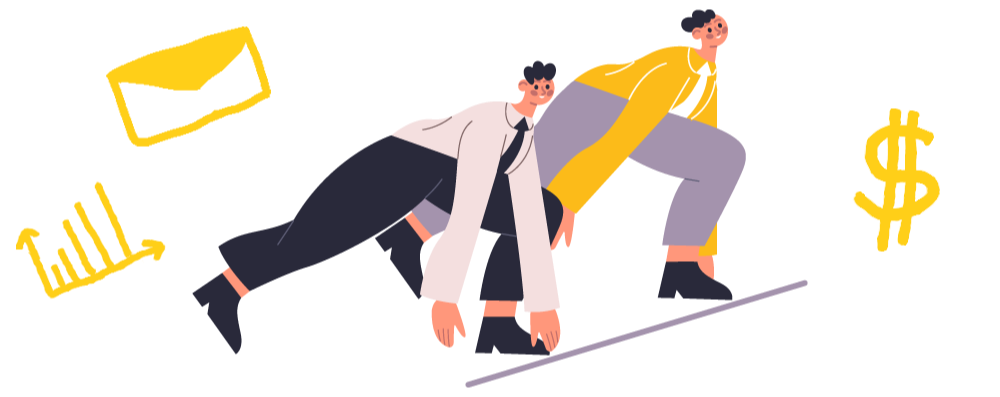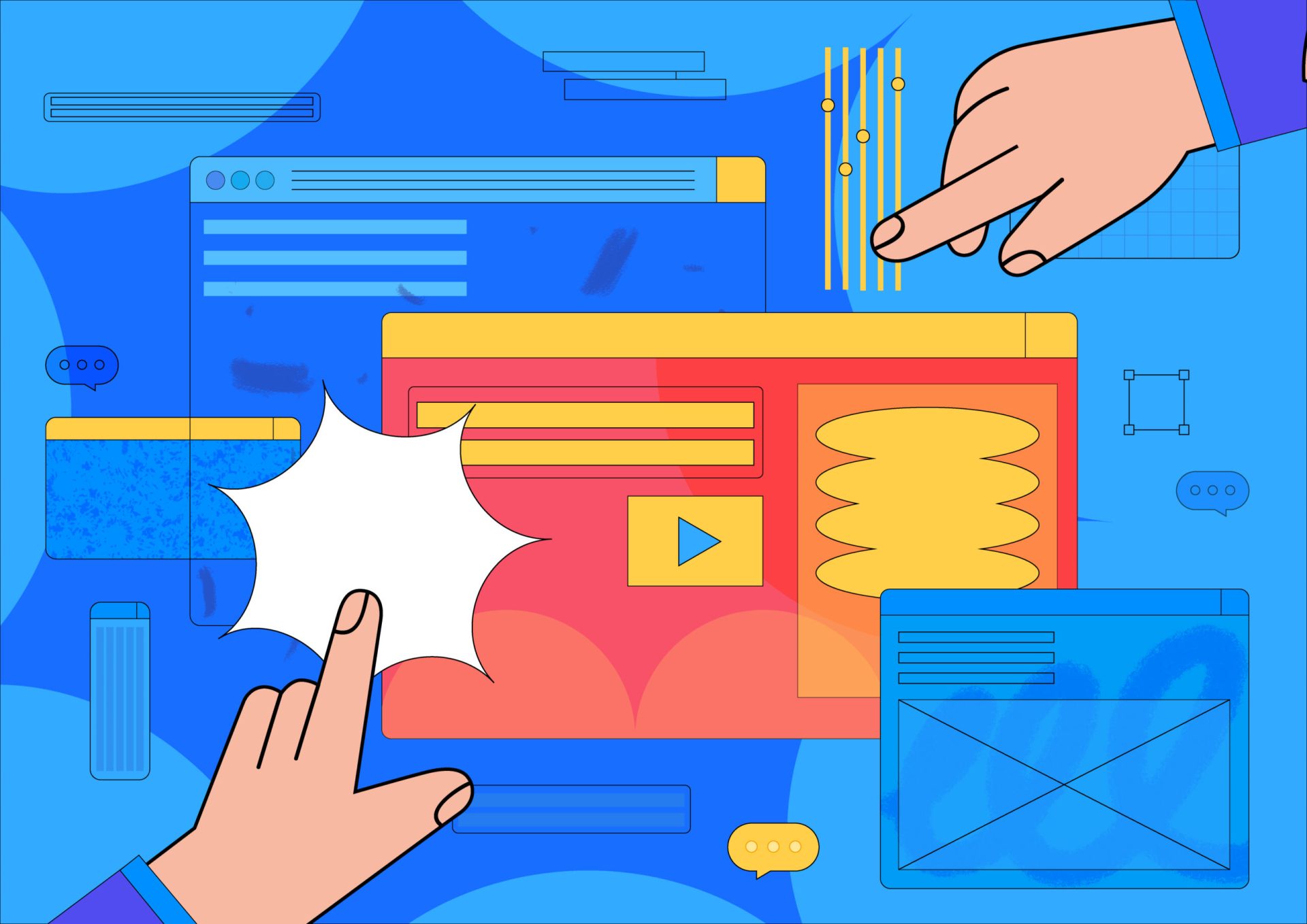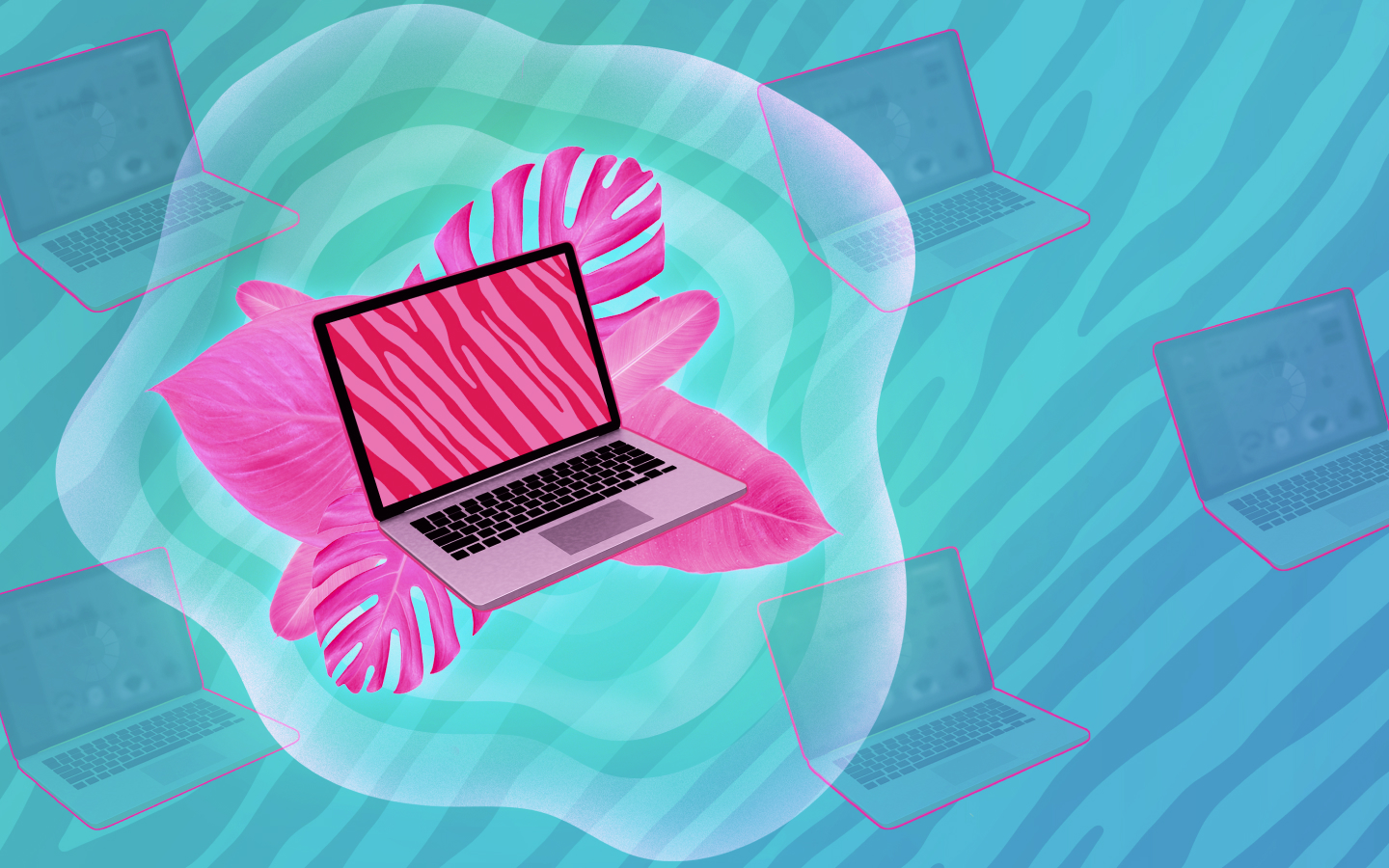Go-to-Market Strategies for All Market Life Cycles.
Practical advice on using proper marketing mix tools.
Any strategy is always a prediction of actions in an unknown future picture. Logically, the more experienced a marketer is, the more market development scenarios he knows, and the more accurately he can assume what awaits his product in a particular business situation. The less unpredictable conditions and risks await his company on the way to the goal. This means that he is more likely to succeed.
Any company cannot exist alone from the environment. Marketers might want to create and promote brands based on ideas and inspirations only, but reality requires us to take account of the mobile and changing business environment. The good news is that these changes occur in predictable life cycles. Knowing them, you can quickly build successful go-to-market strategies for your products and services.
What are the stages of market development?
Each market, and even each separate segment, goes through four recurring stages.
Marketers are creative people and cannot live without inventing new terms for existing concepts, thus introducing confusion. For convenience, here we will use the most established expressions, and you can then come up with your own:)
So, markets and products go through four recurring life cycles or stages:
- Emerging (alternative versions – Latent, Disruption, Introduction)
- Growth (Extension)
- Maturity (Distribution and Crystallization)
- Decline (Stagnation)
Figure 1. Diagram of market life cycles

Several factors distinguish each of these stages. We will reveal them below.
Determining market stage.
Before creating a strategy for your product or service, you need to determine the current market stage. Information from available sources, expert advice, as well as a survey of potential or existing consumers will help to obtain the relevant data, specifically:
- Age, history, product, and industry development
- Existing demand and market potential
- Number of suppliers
- Players’ awareness of a particular technology
- Business models.
Knowing the life stage of the market and its fundamental laws makes it easier to build the right strategy for your brand.
Emerging Stage: Win Any Clients.
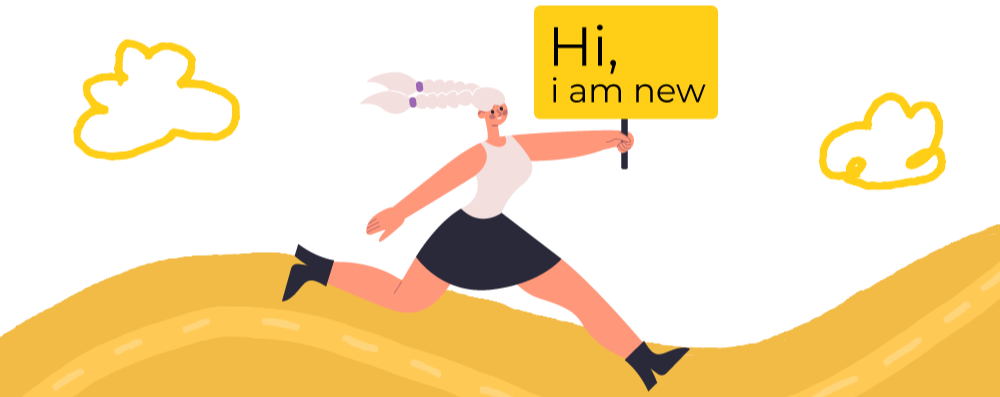
Indication.
New technologies for new needs start emerging. However, some technological and strategic uncertainty still exists. Players create different business models to change the market balance of power. Financial and time investments in development and market entry are usually high. The first pre-seed and seed investments are underway. If successful, you can have time to get a high financial return before other players appear. The stage, as a rule, has a relatively short duration.
Demand.
At this stage, it is crucial to determine whether there is a demand! It is highly recommended to conduct market research, for example, using the CustDev methodology. Neglecting this information is very often the reason for the failure of many startups and SMBs.
Once you have determined the demand, it typically has low penetration and grows slowly. The first buyers are Innovators (‘scouts’, enthusiasts). They are about 2-3% of the potential market. Later they can become the core of your future target group and become opinion leaders.
Competition.
Competition is not essential yet and could be neglected. There are no giant companies yet, though there are a lot of beginners.
Product.
This stage allows two possible product strategies:
- Pioneer (Innovator)
- Late Entrant (Late Arrivals)
Pioneer.
- Suitable for creating a completely new product or an entire category based on a stable and hard-to-repeat USP (e.g., 1st generation iPhone). Significant and breakthrough innovations would create high entry barriers for new participants and protect against rapid copying.
- The quality of the product and the first customer positive experience can play a decisive role.
- The product line length should be relatively short to minimize the execution cost per product unit.
Late Entrant.
- If Pioneer already exists on the market, your task is to win the #2 spot by partially or entirely copying the product, idea and technology. A well-known meme about the history of the relationship between Apple and Samsung demonstrates this strategy well.

- Ideally, you need to identify the weaknesses of the innovator and invest in developing your product.
- Areas of improvement can be the product, distribution system, and pricing model.
Pricing.
Depending on the market situation, one of two scenarios applies here:
- Cream skimming – setting the maximum margin as your product has a strong competitive edge and the consumer is ready to pay any price
- Low prices – to build comprehensive coverage and quickly capture the market.
Sales (Place).
Players start building distribution chains with priority to high traffic channels to save the budget and quickly achieve leadership.
Promotion.
Demand is just emerging, and audience growth is of paramount importance. You have a head start on building knowledge and high product loyalty. With proper promotion, the brand can acquire the status of a “standard” in the market.
All promotions focus on educating the consumer. The primary purpose is to explain why and how to use the company’s product.
It is the most expensive stage in terms of ROI. At the same time, there is no guarantee that new market players will not take advantage of the fruits of your investment.
Quick feedback on the first buyers’ complaints and objections is essential.
KPIs: increased visibility and knowledge, trial purchases, and high customer satisfaction.
Growth Stage: Enlarge the Audience.
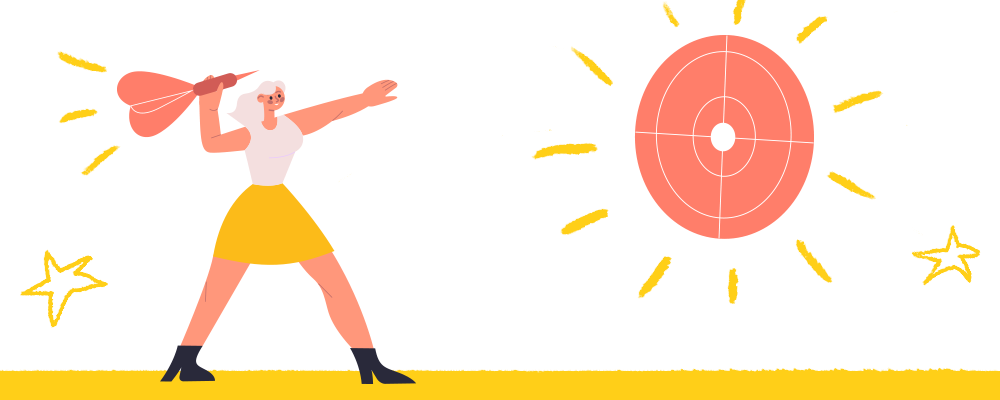
Indication.
The consumer liked the product. Sales are growing. Market leaders have started appearing, but the gap between players is insignificant so far.
Demand.
The consumer base grows sharply, but penetration is still low. Demand exceeds supply. The Early Adopters (12-15%) and the Early Majority (30-35%) join Innovators.
Competition.
Competition is still moderate. Initially, big players with fantastic new products entered the market. Later on, the smaller companies penetrate niches.
Product.
Product technology is widely available and in mass production. Corporate portfolios are expanding, new product variations appear (flavors, packaging, etc.), and quality characteristics improve. The first product substitutes pop up.
At this stage, there are two strategies available:
- Market Leader
- Challenger
Market Leader
- Set the rules of the game for the product, price, terms of sales and promotion
- Leverage all resources to achieve maximum market coverage
- Maintain high market share and create entry barriers for new players
Challenger
- Attack market leader in the areas of no priority for him. For example, a large firm cannot quickly change the packaging. Pepsi took advantage of this by launching 1 liter at the price of Coca-Cola 0.33l and won a significant market share.
- Annex weakest players’ market share
Pricing.
Price starts to drop. Cheaper product analogs or more affordable variations emerge.
Sales.
Distribution increases dramatically, and the product’s place on the shelf (visibility) brings an essential advantage.
Promotion.
The main goal is to achieve 100% awareness by maximum target market coverage. The sequence of actions should be as follows:
- Attract attention and build an associative connection between the product and its product category;
- Strengthen knowledge of the key competitive advantage of the product. The message should convince of undoubted superiority in quality, price, and purchase terms.
For b2b products, it is worth launching promotions for distribution channels to form leadership in the distribution.
Critical KPIs during this period:
- Awareness leadership to achieve top of mind (with/without hint)
- Growth of product loyalty (CSI) and its recommendations (NPS)
- Increasing the frequency of product use.
Maturity Stage: Differentiate.

Indication.
Some marketers divide this stage into two sub-stages: Distribution and Crystallization. The difference mainly lies in the degree of progress in specific market aspects. Still, similar processes occur, and market laws apply.
Many small companies emerge. Investments pour in. The products become apparent, and the customer base grows rapidly.
Demand.
There is a high level of consumer knowledge about product characteristics. Penetration is high, and demand is stable. Supply is higher than demand. The consumer base is increasing with Late Majority representatives (about 30-35%).
At the same time, market capacity and sales growth slow down and reach their minimum at the Crystallization stage. Profits decline.
Competition.
Competition is big, turning into enormous correspondingly and the speed of reaction to other players’ actions becomes crucial. It’s high time to use your elbows on the market:)
Companies that can distinguish their offer from similar ones by positioning (link to the article on positioning) take the top. And if at the Distribution sub-stage it is enough to use Core or Actual Product Positioning, Crystallization requires more subtle approaches like Augmented Product or Emotional Positioning.
Product.
There is no product novelty, and the difference between them is minimal. Technological maturity is available to all market players – all phones are equally able to make calls, text and message, take pictures and shoot videos, etc.
There is a high level of product variability – millions of modifications and micro-changes in packaging and features. Investing in research and development is necessary to stimulate a new stage of product growth.
With the above understanding, a company can take a stable position in the market by choosing one of three strategies, namely:
- Differentiation – distinguishing from competitors through product innovation and increasing rational characteristics (functionality, quality) or emotional differentiation (Coca-Cola, McDonalds)
- Niche leadership – focusing on the consumer’s individual needs or a narrow segment of them (Bently, MTV)
- Cost leadership – gaining an advantage by reducing the cost of producing a product or service (low-costers, discounters)
Pricing.
Market price reaches an average level with every now and then price wars and short-term promotional offers.
Sales.
Distribution reaches its limit. FMCG players concentrate on merchandising.
Promotion.
The primary focus is on communicating the uniqueness of your product. The consumer must get an answer to why they should buy your product or service?
Growing competition causes media inflation and requires more investments into promotion to maintain sales.
Often the battle for the buyer moves directly to retail. Different promotions with a frequency equal to purchasing one always work well.
KPIs are high coverage and loyalty building.
Stagnation: Squeeze Maximum and Change Market.
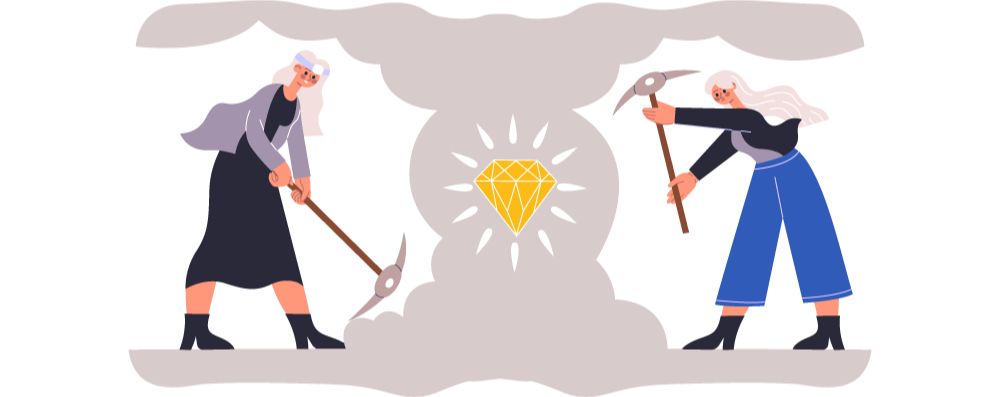
Indication.
Negative growth. Sales are falling, and profitability is declining.
Demand.
Penetration reaches its potential maximum. The latest consumer category, Laggards, joins the market (about 15%). At the same time, ‘early’ consumer types fall off, thus reducing the customer base.
Competition.
The competition is at its peak. Leaders finally force out small players, and the surviving small firms go into the chosen niches.
Product.
The product is highly functional. Players reduce investments in development and maximize cash flow in the existing product market. Only the most successful proposals remain in their portfolios.
Depending on the results and market share, companies may choose from the following strategies:
- Repositioning means remaining in the current market but completely changing the perception of your product or service in the consumer’s mind. It requires a deep analysis of the demand for this product category and significant investments in a promotion. So-called ‘market restart’.
- Harvesting is appropriate for market leaders with no resources for repositioning and striving to collect what is left. They need to reduce costs and minimize product range going only to highly profitable products and services. Another scenario could be a reduction in market presence.
- Market change is when you see that your product is not competitive, with low market share and profit. The best way out is to close the business and look for opportunities in a new market.
Pricing.
Prices reach their lowest level.
Sales.
The sales strategy is a niche. It can work in segments where the profit formula does not conflict with the interests of market leaders.
Promotion.
Investments in advertising stop or reduce using low-cost and high-coverage channels. KPI – maintaining the level of brand knowledge.
Conclusion
Analyzing and knowing market behavior at a specific life stage will make you more efficient in choosing a go-to-market strategy for your company or brand and using proper marketing tools.
